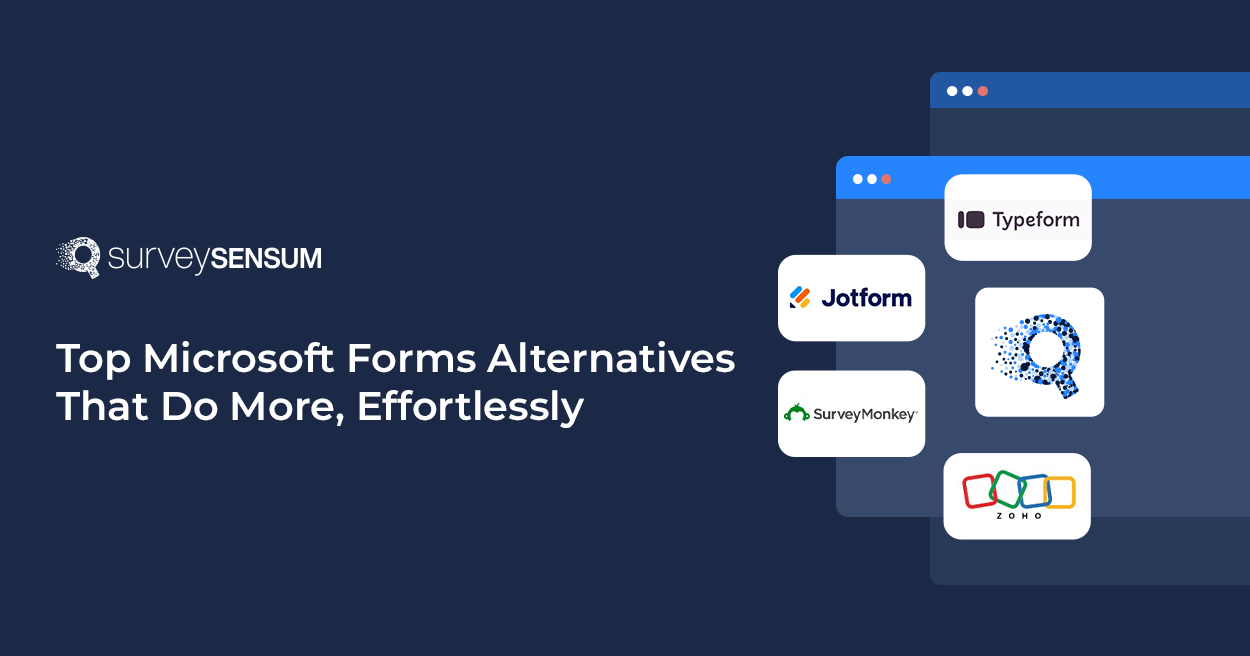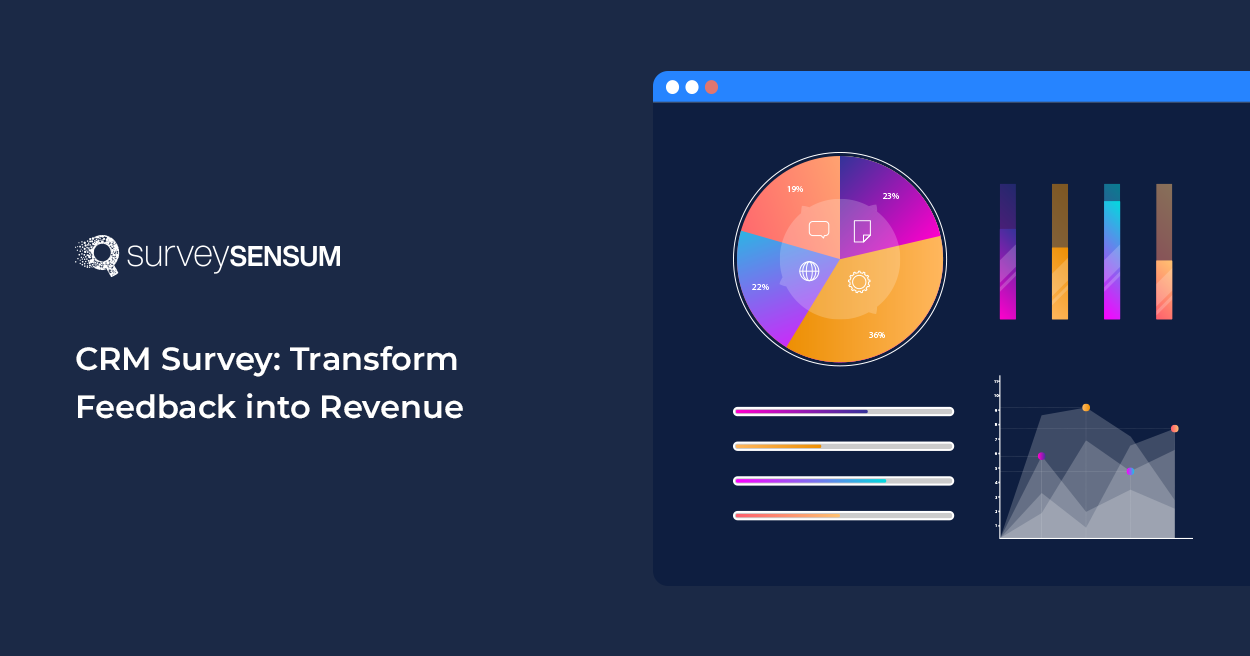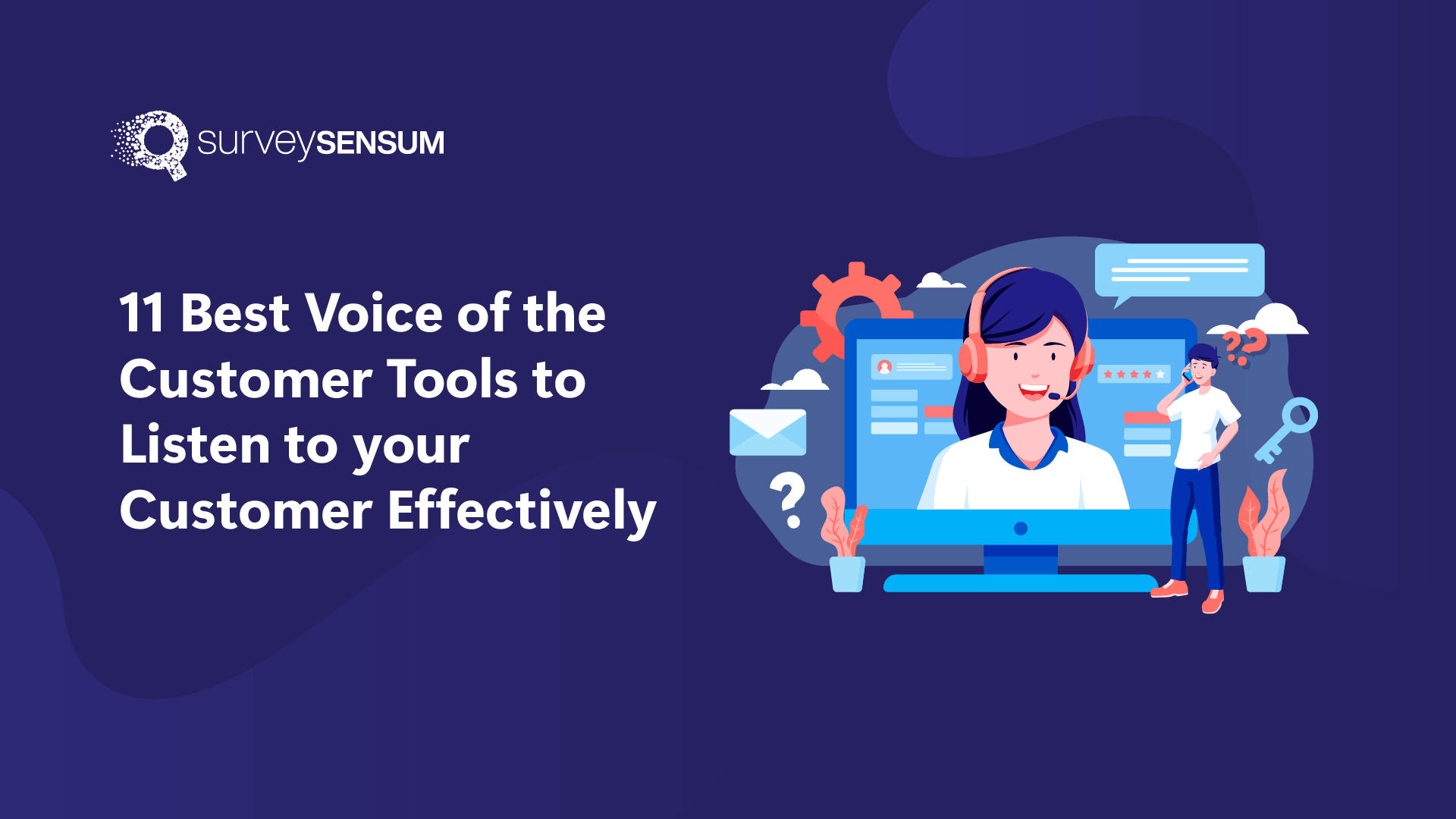
Creating surveys is only half the battle, the real challenge lies in gathering a high response rate. You could create the perfect survey with relevant questions but still fall short of obtaining feedback from your audience. Why?
One of the primary reasons could be that your audience isn’t even aware of your survey. They might not use the channel through which you distributed it. This is why surveys should be shared at the right time and via the right distribution methods preferred by the audience.
But which are the best methods for survey distribution?
Let’s find out. In this article, we will be discussing the 5 best survey distribution methods that can bring you maximum response rates.
Top 5 Online Survey Distribution Methods
Let’s discover the top 5 survey distribution methods that can help you maximize customer feedback. We have explained each method in detail, including its pros and cons, so that you can make the right choice.
1. Email Survey Distribution

Despite being around for a while, email continues to be one of the most popular channels for communication and information sharing. As per a study, 55% of consumers say email is their preferred digital channel for business communication.
Thankfully, online survey tools like SurveySensum let you share survey links via email as interactive buttons or even embed your questions directly into the body of the mail — that too in bulk. Additionally, you have the provision to personalize these emails and automate them to facilitate recurring surveys.
Best Practice for Email Survey Distribution
Before sending the emails, make sure you have a compelling subject line, and a short and crisp body, and if possible do try to give a brief explanation as to why you are sending the email. When all that’s done, you are bound to increase open rates and response rates.
Pros
- Internal communication in most organizations occurs through email. So, if your respondents are businesses or employees, then this is definitely the best channel.
- You can track the number of opened emails and click-through rates with relevant tools and accordingly optimize the next set of email surveys.
- Your respondents can easily access email via any device be it tablet, mobile, or desktop.
- Distributing surveys via email is a cost-effective way to gather valuable insights from your target audience. You really don’t have to employ a dedicated tool for it since most of the survey builders come with an inbuilt capability to send email surveys.
Cons
- If not optimized well, your email survey can end up in the spam folders of your audience, making it less likely for them to see it.
- Emails can also pose delivery issues, depending on the system the email is shared or delivered to.
When to Use:
- Post-Purchase Feedback: After a customer has completed a purchase or used a service, to understand their satisfaction.
- Customer Satisfaction: Regularly check in with customers about their overall satisfaction with your products or services.
- Customer Experience: Gather detailed insights on specific aspects of the customer experience.
- Follow-up: For more in-depth feedback after a support interaction or service issue resolution.
Best For:
- Detailed responses and longer surveys.
- Customers who are more likely to engage via email.
- Follow-up surveys requiring thoughtful responses.
Share and Embed Surveys Effortlessly in Emails via SurveySensum
2. Website Surveys

Embedding surveys on your website is a great survey distribution method to gather more feedback, especially if your customers frequently visit your site for services or products. For instance, if you run an e-commerce platform, you can embed a survey on your website for customers to respond to during their visits.
Best Practice :
The average time spent on a webpage is only 54 seconds, and therefore, it should be strategically created, i.e. it should be short, and crisp. relevant and should not hinder their experience.
Pros
- Website-based surveys are easy to use.
- You can gather actionable insights on participants with the help of web analytics and cookies.
- You can set up web surveys to pop up automatically to trigger events. For example, a survey can pop up when a customer abandons the cart, so as to know the reason behind it.
Cons
- Web surveys (in the form of large intrusive pop-ups) can hamper the experiences of customers and can force them to leave your site.
- Though website surveys offer reliable feedback, they are only based on a specific experience. To understand the overall brand experience, additional feedback channels are necessary.
When to Use:
- User Experience (UX): Understand how visitors interact with your website and identify any usability issues.
- Abandonment Issues: When users are about to leave your site or abandon their shopping cart.
- Immediate Feedback: While users are still engaged with your website, to capture their real-time reactions.
Best For:
- Immediate, contextual feedback from users currently on your site.
- Identifying navigation issues or problematic web pages.
- E-commerce sites to understand checkout process issues.
Gather Quick and Targeted Insights with SurveySensum’s Embedded Website Surveys
3. QR Code Surveys

In 2024, global QR code scans have quadrupled, reaching 26.95 million scans! That’s how popular QR codes have become. Therefore, it’s a no-brainer to choose QR codes as one of your survey distribution methods. All your respondents need to do is just scan the QR code you share. Moreover, survey tools give you the provision to share surveys via QR codes with a single click.
Best Practice
Make sure that you mention where the QR code will lead the user along with the purpose of the survey. Include a Thank You page right after survey completion and explore more marketing opportunities by adding a relevant link.
Pros
- You can generate QR codes quite easily. Moreover, many customer feedback tools like SurveySensum offer QR code survey distribution as an in-built feature.
- You can place QR codes on both online and offline channels like landing pages, digital portfolios, PDF files, banners, brochures, business cards, etc.
Cons
- A few sections of the respondents may not know how to use a QR code, especially people of a specific age group.
- Your respondents can access QR codes only through a smartphone. They may not be able to participate in your survey without a smartphone.
- In the case of offline QR code surveys, if the material containing the QR code is even slightly damaged, respondents may not be able to scan the code.
When to Use:
- On-Site Feedback: During events, in-store visits, or any physical location where customers can scan a QR code.
- Post-Purchase: Placing QR codes on receipts, packaging, or product manuals for immediate feedback.
- Interactive Marketing: On marketing materials, advertisements, or physical products to encourage engagement.
Best For:
- Collecting feedback from in-person interactions.
- Encouraging participation through easy access and minimal effort.
- Situations where digital engagement is promoted via physical media.
4. Social Media

We all know how popular social media is. 62.3 percent of the global population uses social media. So, it is obvious that you can reach a lot of your audience by distributing your surveys via social media. Anyone who follows your social media account can access your surveys, which could include both your customers and non-customers, helping you reach a wider audience and engage them.
Best Practice:
You need to choose your social media platform strategically to share surveys. For example, a workplace-related survey would work best on Linkedin rather than Instagram. Therefore, you need to study the survey topic and your goal before choosing the social media platform.
Pros
- You can obtain a high response rate from different demographic segments.
- Your brand can boost visibility through hashtags.
- Your followers can share your surveys with many others with a simple click.
Cons
- With so much content competing for attention on social media, making your survey posts stand out can be a difficult task.
When to Use:
- Brand Engagement: To measure brand perception and engagement among your social media followers.
- Market Research: To gather opinions on new products, services, or campaigns.
- Polls and Quick Questions: For informal and fun engagement, such as Instagram Stories polls.
Best For:
- Reaching a broad, diverse audience quickly.
- Engaging with followers and boosting interaction on social media platforms.
- Gathering informal feedback and opinions.
5. WhatsApp Surveys

With over 2 billion active users worldwide, WhatsApp is one of the most active and popular channels of communication. Be it businesses, or individual customers, you can find them active on WhatsApp, which definitely makes it one of the best channels for survey distribution.
Choosing survey tools that offer automated WhatsApp surveys can really change the game for you. You can set quick surveys on a recurring basis for feedback and get higher response rates since 80% of the messages are read within 5 minutes of sending them on WhatsApp.
Best Practice
Before the survey, send an opt-in message to respondents to get their consent and ensure they know the purpose of your survey and what information is needed. By doing so, you are adhering to WhatsApp guidelines and can, therefore, prevent your messages from being marked as spam.
Pros
- Since it’s a messaging app, WhatsApp gives a conversational feel to your survey, making it look like a short, simple conversation.
- Multilingual surveys work best on WhatsApp since most of the users prefer to converse in their local language through the app, boosting engagement.
- WhatsApp surveys can bring quicker and higher response rates since people spend at least 17.3 hours on an average per month on WhatsApp, and a majority see the message within 5 minutes.
Cons
- WhatsApp may not be suitable for long, detailed surveys or complex questionnaires. For in-depth qualitative research, it’s best to use alternative survey distribution methods.
When to Use:
- Quick Feedback: After a specific action like a delivery, service completion, or event participation.
- Engagement with Customers: For brands with high engagement on WhatsApp, especially in regions where WhatsApp is a primary communication tool.
- Immediate Action: When rapid feedback is needed to address issues quickly.
Best For:
- Short, quick surveys needing immediate responses.
- Engaging with tech-savvy customers who frequently use WhatsApp.
- Real-time customer service follow-ups.
Switch to Cost-Effective WhatsApp Surveys via SurveySensum to Boost Response Rates by 35%
How to Choose the Best Method for Survey Distribution?
While all the methods mentioned above are great choices for survey distribution, the ideal approach depends on your audience and goals.
You need not stick to one survey distribution method but can go for a combination of them. Identify the survey distribution channels that best reach your target audience and align with your goals. Then, choose a survey tool that offers a variety of Survey distribution options, saving you time, money, and effort.
Online survey tools like Surveysensum offer a myriad of distribution options that can help you reach your audience effectively and effeciently. By leveraging such tools, you can facilitate an efficient and comprehensive surveying process to gather reliable feedback and make actionable decisions.
Reach Maximum Respondents via SurveySensum’s Powerful Surveys and Distribution Channels















